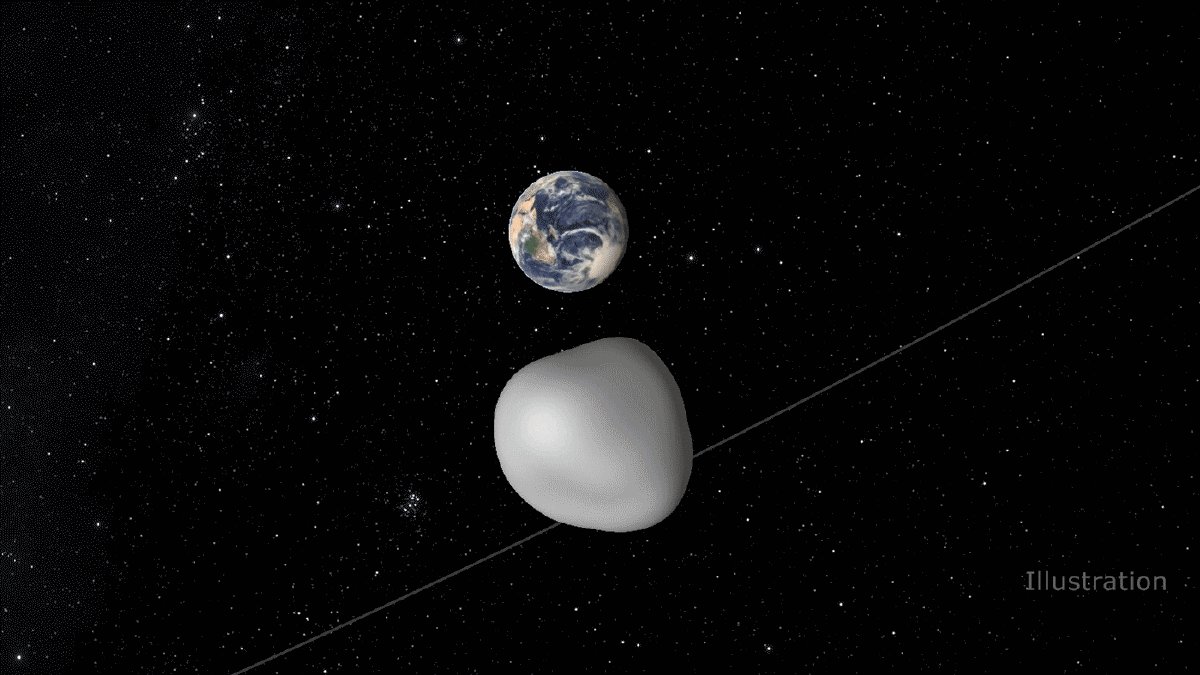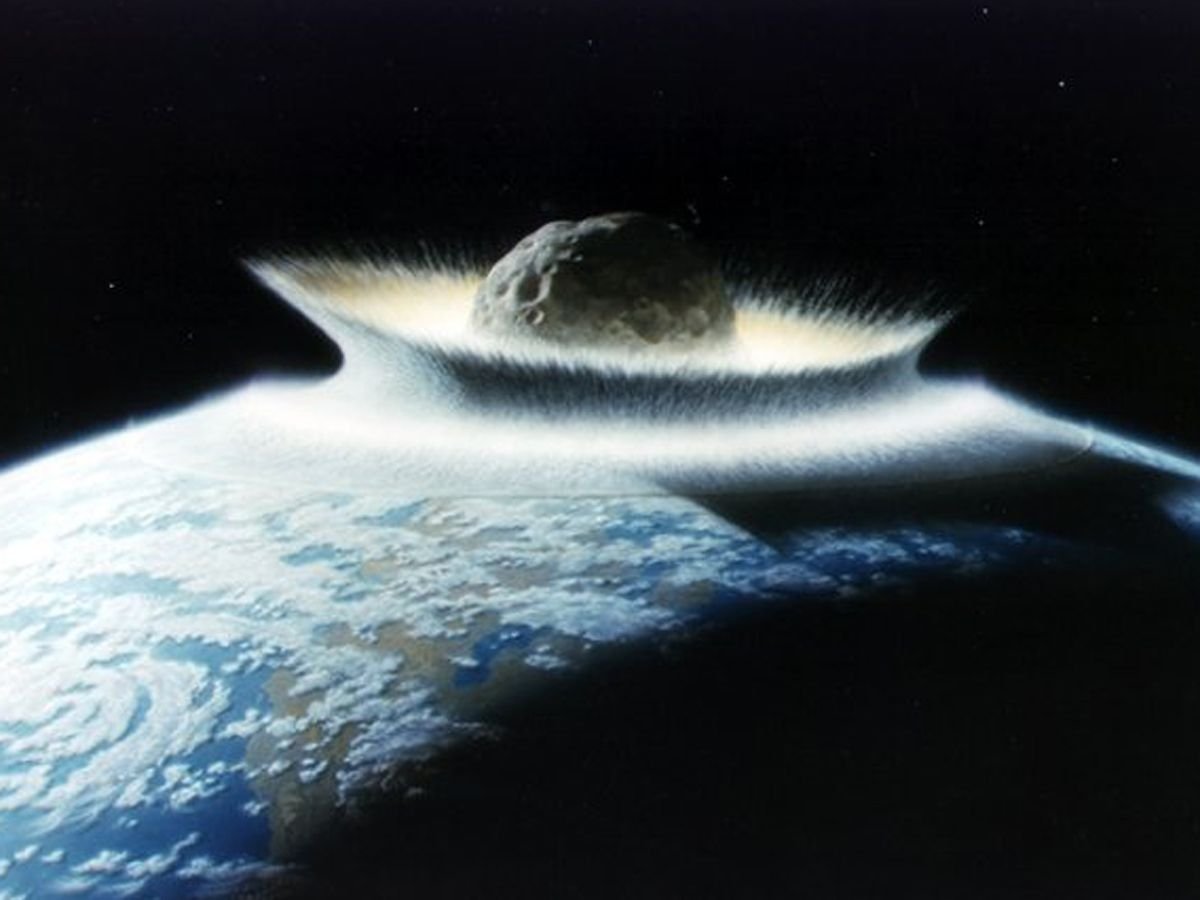
A 50ft-wide asteroid called 2012 TC4 will whizz past Earth today at a distance of just 26,000 miles. That's about a tenth of the distance between our planet and the Moon, so in astronomical terms, an extremely close encounter.
Viewers can watch TC4 passing Earth live online via a broadcast courtesy of Slooh below. The program begins at 8pm ET.
The asteroid is traveling at a speed of around 30,000 miles per hour and over the last few months NASA has been tracking its path through space as part of a major effort to test out its planetary defense systems.
TC4 was first discovered in 2012 when it made another close approach to Earth. After mapping its future orbital path, scientists realized it would be making a return visit in five years time, when it would come even closer to Earth's surface. This provided them with a rare opportunity—to plan an exercise testing out the world's international asteroid warning network.
"Asteroid trackers are using this flyby to test the worldwide asteroid detection and tracking network, assessing our capability to work together in response to finding a potential real asteroid-impact threat," Michael Kelly, from NASA's Planetary Defense Coordination Office, said in a statement.

The global network is made up of volunteer astronomers that will monitor various aspects of the asteroid, including its trajectory, size and density, and communicate their findings to teams across the world. When monitoring an asteroid on a collision course with Earth, we would want to know these things to assess the impact site and potential damage, Paul Chodas, manager of the Center for Near-Earth Object Studies (CNEOS) at NASA's Jet Propulsion Laboratory, told Newsweek in a recent interview.
There is absolutely no risk TC4 will hit Earth. Furthermore, its small size—between 50 and 100ft—means even if it was on course to hit us, it would burn up as soon as it entered our atmosphere. At the moment, no asteroid that we know of is expected to impact Earth in the next century.
However, the threat of asteroids in the future is one that NASA and the global community is planning for. A mid-size asteroid impacts has the potential to cause catastrophic damage if it hit a populated are like a town or city, while large asteroid impacts have the potential to cause global mass extinctions.

During the planetary defense exercise, NASA will be joined by space agencies and institutes around the world. Vishnu Reddy, principal investigator for a NASA-funded near-Earth asteroid characterization project, said: "This campaign is a team effort that involves more than a dozen observatories, universities and labs around the globe so we can collectively learn the strengths and limitations of our near-Earth object observation capabilities.
"This effort will exercise the entire system, to include the initial and follow-up observations, precise orbit determination, and international communications."
Uncommon Knowledge
Newsweek is committed to challenging conventional wisdom and finding connections in the search for common ground.
Newsweek is committed to challenging conventional wisdom and finding connections in the search for common ground.
About the writer
Hannah Osborne is Nesweek's Science Editor, based in London, UK. Hannah joined Newsweek in 2017 from IBTimes UK. She is ... Read more





